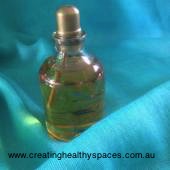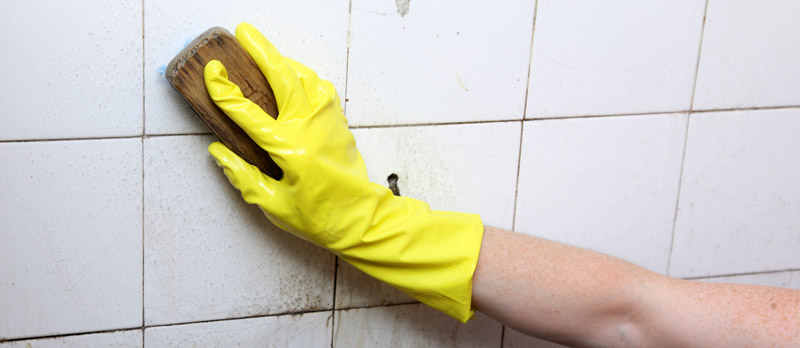This Mothers Day – Please No Perfume.
For many years I wouldn’t leave the house without a long spritz of my favourite perfume. There was only one brand I could use that didn’t make me sneeze, so for many years that’s all I used. The process of having to walk through the cosmetic section of a department store required pinching my nose and covering it with a hankie as I implemented a power walk that broke speed records. It wasn’t until I studied Building Biology that my understanding of the harmful effects of fragrance began. According to a material safety data sheet, my favourite perfume was flammable, dangerous to the environment, a known eye, skin and lung irritant, and may cause an allergic reaction. With that knowledge I now choose to be fragrance free, or use organic essential oils.
The base of any fragrance purchased will be the “perfume essence”, it is what actually makes the smell. This is a combination of essential oils, absolutes, animal extracts, and synthetic fragrance, and maybe unpleasant by itself. Fragrances and perfumes were once made from rose petals and other natural ingredients. These days they’re nearly all artificial.
Fragrances come in many forms and have many different names but generally the main four categories are:
- Perfume containing 25-40 percent pure extract, only a dab is required and will last all day.
- Eau de perfume/ parfum containing 10-20 percent perfume essence, diluted with alcohol and water. It has a lighter aroma and doesn’t last as long.
- Eau de toilette, highly diluted with alcohol, 4-15 percent pure perfume, less intense, commonly in a spray.
- Eau de Cologne- originally from Cologne, Germany, containing a specific blend of fragrances, light, fresh & fruity. Contains 2-5 percent pure perfume, can be splashed around due to low cost
Most fragrances contain hundreds of ingredients that may be derived from petroleum, natural raw materials, or produced synthetically. Perfume manufacturers are not required to disclose ingredients due to ‘Trade Secrets’.
Some toxic ingredients include:
- Parabens:Synthetic preservatives known to interfere with hormone production and release, known as an Endocrine Disrupting Chemical.
- Phthalates:used to make the fragrance last longer this synthetic preservative is linked to reproductive effects (early breast development, decreased sperm counts, birth defects) it is carcinogenic, and may cause liver and kidney damage.
- Synthetic musks: Are linked to hormone disruption and are thought to accumulate and persist in body fat, breast milk, umbilical cord blood, and the environment. Some are linked to cancer.
As consumers unless we search MSDS material safety data sheets for every purchase, we will never know what we are spraying onto our skin, inhaling into our lungs and adding to the toxic load within our indoor air environment. The International Fragrance Association (IFRA) has published a list of the 3163 ingredients used in fragrance, there is a restricted list of 26 ingredients, known to produce allergies and other health problems. In Europe and the UK, manufacturers must declare fragrance or parfum on the label, and include any of these 26 ingredients. This is not the case in Australia where they continue to be sold without labelling. Most of these products have never been tested and proven safe for our health; our laws do not require it, and it is buyer beware.
Fragrance is a common cause of asthma, hay fever, sinusitis, eczema, dermatitis, headaches and migraine. Fragrance can cause anaphylaxis, epileptic seizures, dizziness, fatigue, poor concentration, nausea and other symptoms. If your child is sensitive to fragrance then the fragrance worn by teachers has the potential to affect their learning.
In Australia breast cancer rates are increasing, fragrance containing phthalates which mimic the hormone oestrogen should be avoided in women because of this link to breast cancer. Pregnant women SHOULD avoid perfume as they may harm the reproductive health of their unborn child. Perfumes should not be worn when visiting a newborn.
An alternative to toxic perfumes is organic essential oils, they won’t pose the health risks of synthetic fragrances, however people with chemical sensitivities may still react to these.
As a Building Biologist, labelling transparency is paramount. I recommend to clients that they implement the precautionary principal, and avoid potential toxic ingredients and products.
Further information can be found at : https://www.ifraorg.org/ www.aessra.org









